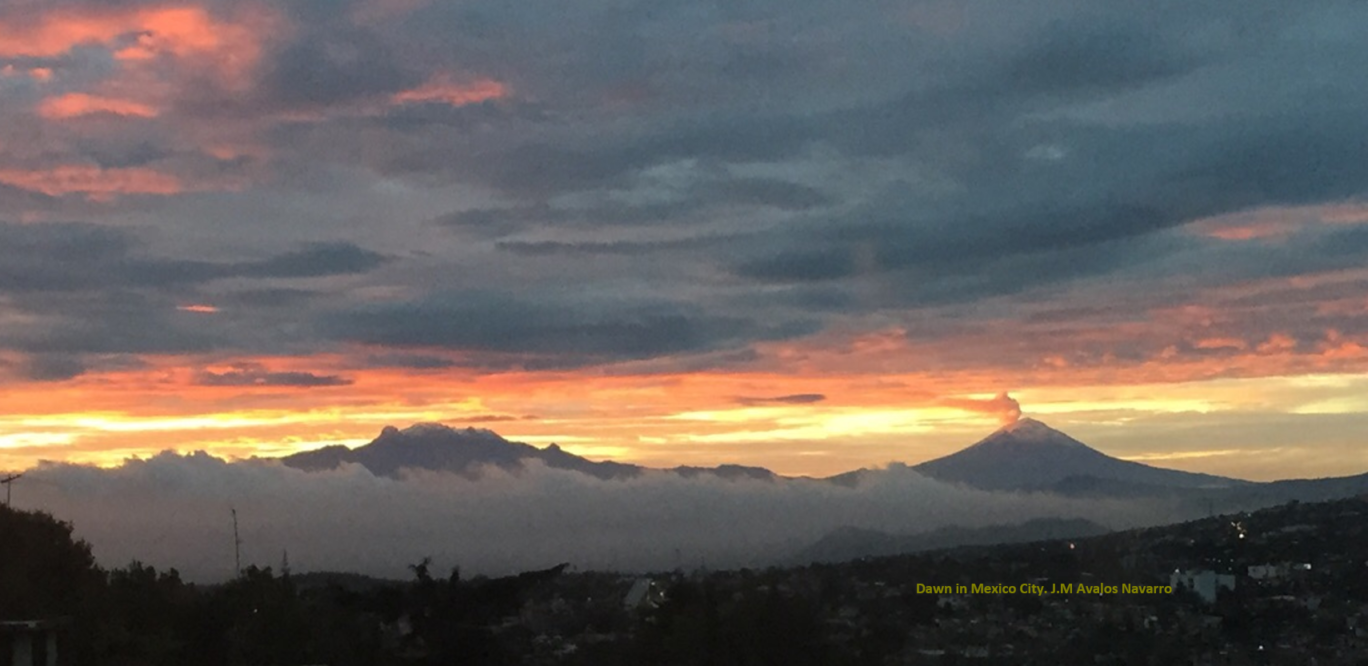
Machine Learning for Lithofacies Prediction: A Novel Approach
“Machine Learning (ML) Lithofacies Prediction”, developed by Geophysical Insights (GI), is part of Paradise, GI’s software AI platform. It is complemented by TraceSeis’ software.
Introduction
Traditional approaches to reservoir characterization rely on seismic and petrophysical inversions, which transform seismic reflection data into quantitative estimates of elastic properties and subsequently convert these into reservoir properties such as lithology, porosity, and fluid content. However, these conventional methods face several limitations:
- Dependence on physical models: Seismic inversion methods require seismic data to adhere to Amplitude Versus Offset (AVO) and convolutional models, as well as low-frequency models of rock properties.
- Complex assumptions: These methods rely on assumptions like small reflectivity contrast, linearity, and isotropy that are not always met in real-world scenarios.
- Computational expense: Complex mathematical algorithms require extensive computational resources, particularly for large datasets.
- Data dimensionality constraints: Traditional inversions typically derive only two or three rock properties from reflectivity-based inversion, whereas reservoir characterization often requires more than three reservoir properties, resulting in ambiguous and non-unique results.
- Depth-dependent rock physics models: Petrophysical inversion relies on complex rock physics models that are inherently depth-dependent and based on the texture and composition of rocks.
A Machine Learning Alternative
To address these limitations, a novel data-driven, machine learning methodology for predicting lithofacies from seismic and well data has been developed. This approach offers several advantages:
- Model independence: Unlike deterministic approaches, this method does not require seismic and well data to conform to physical models, eliminating the need to condition seismic data to an expected model.
- Reduced ambiguity: The method incorporates multiple attributes (typically 6-12) into the analysis, eliminating the dimensionality constraint of traditional inversions.
- Enhanced interpretability: Each seismic sample is categorized with the most probable lithofacies and their associated probability.
- Comprehensive framework: The approach creates a litho-stratigraphic model of the subsurface by integrating natural clusters of seismic attributes and lithofacies from well-log data.
Methodology
The methodology employs two unsupervised machine learning algorithms: Self-Organizing Maps (SOMs) and KMeans clustering.
1. Self-Organizing Maps (SOMs)
SOMs are particularly effective for high-dimensional data visualization and pattern recognition. By mapping multi-dimensional seismic attributes onto a two-dimensional grid, SOMs preserve topological relationships, allowing for the identification of natural clusters within the seismic data that correspond to different lithofacies or rock types. This approach provides a detailed and intuitive visualization of subsurface properties.
2. KMeans Clustering
KMeans clustering is used to generate lithofacies logs from petrophysical data. This algorithm partitions data into distinct clusters based on their attributes, minimizing variance within each cluster. It is straightforward and efficient, making it well-suited for identifying distinct lithofacies in well-log data.
Workflow
The workflow integrates these algorithms as follows:
- Lithofacies Logs: Petrophysical logs are processed using KMeans clustering to generate lithofacies logs. Lithofacies logs from other sources can be used.
- SOM Analysis: Seismic attributes are analyzed using Self-Organizing Maps (SOM) for stratigraphic analysis.
- Cross-Tabulation: Lithofacies prediction is achieved through the cross-tabulation of lithofacies logs and SOM results.
- Visualization: Predicted lithofacies are visualized using a 2D colormap (Chaveste Honeycomb) and a 3D viewer.
- Validation: The statistical validity of the lithofacies estimation is verified using Cramer’s V, and the accuracy of the predictions is measured using the Intersection over Union (IoU) metric.
Case Study: Niobrara Formation
This methodology was demonstrated in the Niobrara Formation in the Denver Julesburg Basin, Colorado. The reservoir comprises 300-400 feet of thin chalk benches interlayered with high Total Organic Carbon (TOC) marly shale.
Application Process
1. Attribute Selection: Nine instantaneous attributes derived from the full stack PSTM amplitude volume were selected via principal component analysis.
2. SOM Computation: A 64-neuron SOM was computed from the nine attributes.

3. Lithofacies Log Creation: Lithofacies logs were created from the petrophysical analysis of five wells, clustering four rock types (clay, calcite, dolomite, and mixed carbonate) and two fluids (hydrocarbon and water)

4. Cross-Tabulation: The cross-tabulation of lithofacies and SOM neurons resulted in a contingency table computing the probability of occurrence for each lithofacies within each neuron.

5. Visualization: The Chaveste Honeycomb was used to identify lithofacies and their associated probabilities in the 3D volume.

Results
The application of this methodology in the Niobrara Formation yielded impressive results:
- High Resolution: The approach achieved higher resolution identification of thin layers (single-sample thickness) while reducing noise and ambiguity.
- Sub-seismic Features: The method enabled accurate mapping of sub-seismic features like thin clay stringers.
- Interpretational Flexibility: The dynamic 2D colormap provided flexibility for reassigning lithofacies to neurons to better fit geological models.
- Comprehensive Framework: The integration of SOMs with KMeans clustering created a litho-stratigraphic framework that preserved both vertical and lateral relationships between facies.
Conclusion
Machine learning lithofacies prediction represents a significant advancement in reservoir characterization, offering several key advantages over traditional inversion methods:
- Higher Resolution: The SOM-based approach achieves higher resolution identification of thin layers while reducing noise and ambiguity.
- Model Independence: The methodology eliminates dependence on complex physical models and expensive data processing by directly linking seismic attributes to lithofacies through probabilistic mapping.
- Comprehensive Framework: The integration of SOMs with KMeans clustering creates a litho-stratigraphic framework that preserves both vertical and lateral relationships between facies.
These advantages make the method particularly valuable for characterizing complex reservoirs where traditional inversion methods struggle with resolution and non-uniqueness issues. Future applications could extend to updating reservoir models and integration with production data for enhanced reservoir management.
The integration of Geophysical Insights’ “ML Lithofacies Prediction” with TraceSeis’ software packages creates a powerful solution for reservoir characterization that combines cutting-edge machine learning technology with specialized geophysical analysis tools. This collaborative approach enhances both the accuracy and efficiency of subsurface characterization workflows.

